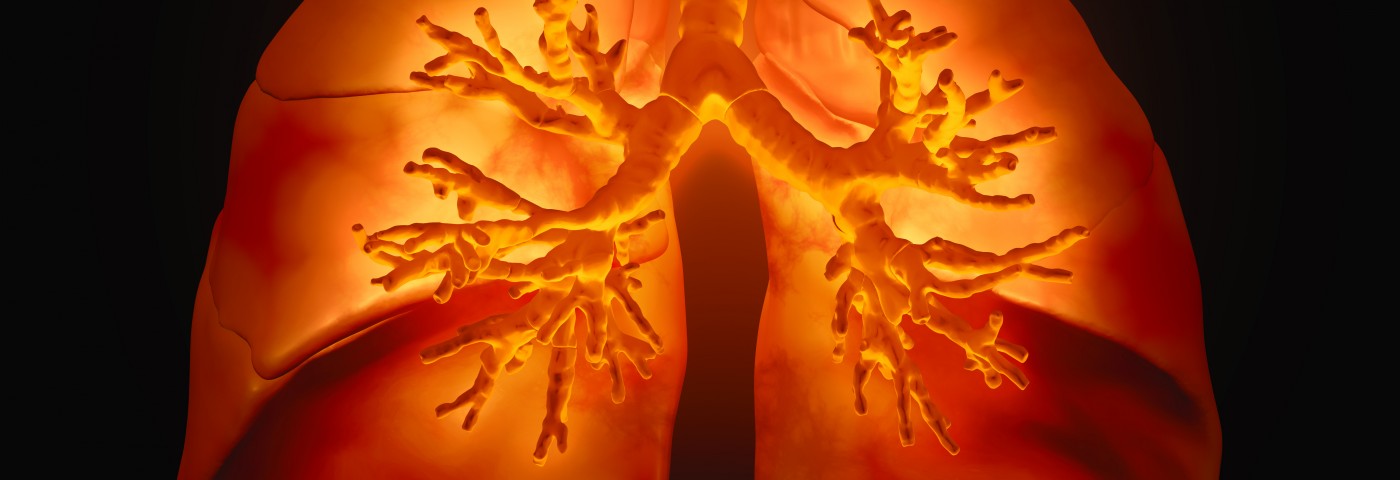Airway-centered fibroelastosis is a potential new disorder identified in women, according to a study recently published in the journal Chest and titled “Airway-centered fibroelastosis: a distinct entity.” Interestingly, the condition seems to involve bronchiectasis, an abnormal widening of the bronchi or their branches.
A team of researchers at the University Paris Diderot, Sorbonne Paris Cité in France, identified five non-smoking women between the ages of 38 and 56 who tested positive for airway-centered fibroelastosis, referring to pronounced thickening of the tissues. The disease is characterized by extensive airway-centered fibroelastosis of the upper lobes and bronchial abnormalities, namely bronchial wall thickening, bronchial wall deformation, and bronchiectasis.
Moreover, the women presented chronic dyspnea (shortness of breath) with acute attacks of wheezing . Even with inhaled and oral corticosteroids treatment, the disease progressed in all patients leading to chronic respiratory failure. Ultimately, two of the patients underwent lung transplantation.
According to a news release, the research team wrote: “All our patients had acute exacerbations of cough, dyspnea, and wheezing, which are not observed in pleuropulmonary fibroelastosis,” a recently described rare, benign disorder. Despite exhibiting characteristics similar to pleuropulmonary fibroelastosis, the patients also presented clinical, radiological, pathological, and physiological differences distinct from such conditions, researchers said. “In pleuropulmonary fibroelastosis, patients usually have dyspnea on exertion and/or cough without acute deterioration of symptoms,” the authors wrote.
The team also observed that three of the five patients had an obstructive pattern in lung function tests. High-resolution computed tomography (CT) scans of the patients revealed they exhibited loss of upper lobe volume with distortion, but showed no signs of pleuroparenchymal thickening, which is a typical feature found in patients with pleuropulmonary fibroelastosis.
The findings suggested that airway-centered fibroelastosis is a unique and specific pathology in women which needs to be further investigated in order to define its specific clinical, imaging, and pathological presentation. “The identification of airway-centered fibroelastosis as a distinct entity, together with pleuropulmonary fibroelastosis, identifies elastosis as a neglected pathway of lung remodeling and suggests that lung elastosis may cover a spectrum of diseases,” the team wrote. “Collaborative studies are needed to better delineate the prevalence of the disease, identify pathophysiological pathways and develop therapeutic weapons.”

